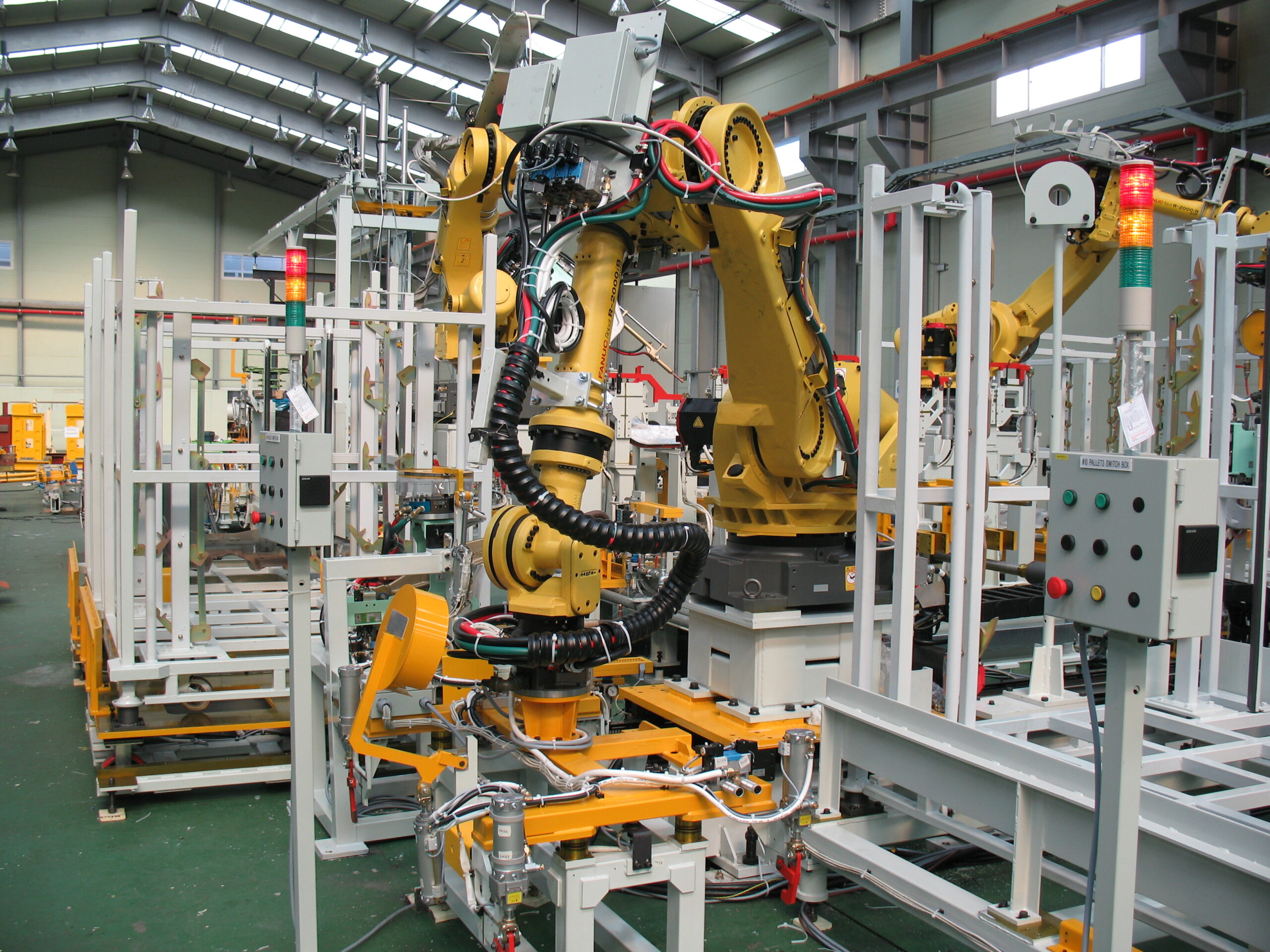
RECOMMENDED READING
Willy Shih’s essay “On Research and Development” provides critical lessons and advice for U.S. policymakers seeking to ensure that the U.S. economy does not fall behind China’s technologically. He is right that, absent a more active role for the federal government in R&D, it is likely that the United States will lose its lead in innovation – along with its military and economic advantages.
After all, a major reason for America’s innovation lead was that, in the early 1960s, the U.S. government invested more in R&D than the rest of the world’s governments and businesses did combined. That gave American companies a giant head start as much of this funding went to companies developing technologies for the Pentagon and NASA or to institutions that became world-class research universities pumping out groundbreaking discoveries and top talent.
But that is just a wonderful mirage in the rearview mirror. The U.S. now ranks a pitiful 28th among OECD nations in government funding of R&D at research universities as a share of GDP.
Federal funding for R&D is no better. Indeed, in 22 of the 28 years between 1990 and 2018, federal R&D spending has made up a smaller share of GDP than the year before. The federal government invested just 0.61% of GDP in 2018, the lowest level since before Sputnik.
And when it comes to tax incentives for R&D, the U.S. is hardly on the board. In 2000, the United States ranked 10th among OECD members. By 2008, its ranking had fallen to 18th, and by 2016 it was 25th. The 2018 rankings show the United States tied for 26th among OECD members and 32nd among all countries included in the report.
Despite America’s spirit, our entrepreneurs cannot hope to compete effectively with Chinese companies that are generously supported by Beijing. A recent study estimated that the Chinese government paid for 22.2% of business R&D in 2015, with 95% of Chinese firms in six industries receiving government cash—petrochemicals, electronics, metals and materials, machinery and equipment, pharmaceuticals and biotechnology, and information technology. In fact, nearly 25% of all R&D expenditures in China come in the form of government subsidies to firms. The U.S. should not copy the distortive Chinese model, but as Shih rightly proposes, it should invest more in pre-competitive, industry-led research partnerships. If Congress appropriated $85 billion per year to support these kinds of partnerships, the U.S. would match China’s funding.
Shih’s prescription of big federal procurement projects that would spur innovation, such as electric grid modernization, is also right on the mark. These initiatives, if done well and with prohibitions on bids from Chinese companies, would not only address key national needs, but spur domestic innovation and production.
If Congress can spend $3 trillion this year to address the COVID-19 pandemic, it can and should spend at least $100 billion per year through a more generous R&D tax credit, more direct funding of industrially relevant R&D, and demand-led investments in projects like a modernized electric grid.
Recommended Reading
On Tax Incentives
A tax credit for domestic investment is the best way to reduce production costs.
Uncle Sam’s Top-Performing Venture Fund
With the Small Business Innovation & Research program, Congress helped build many of the nation’s most innovative firms.
Government, Not Markets Can Best Pick Winners
China’s economic rise and the damage inflicted on U.S. industry has been a wakeup call to many U.S. policymakers. But most conventional economists continue to hold firm to their ideological notion that only the market can respond, and that any more proactive government action, particularly focused on key sectors or technologies, is doomed to fail.













